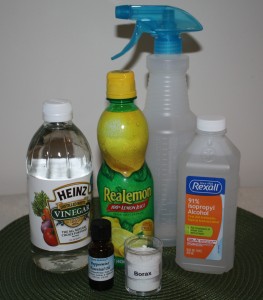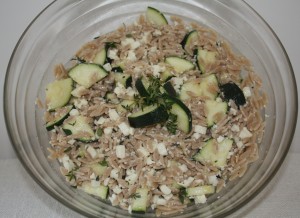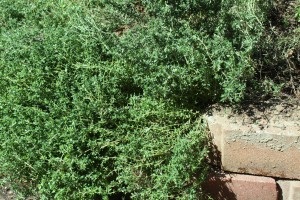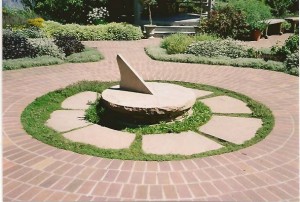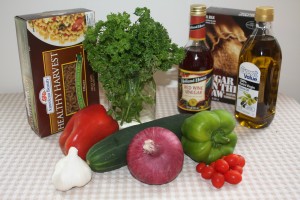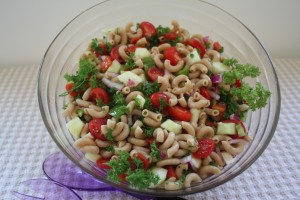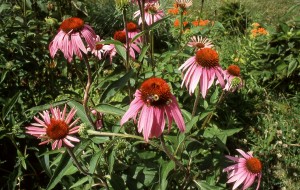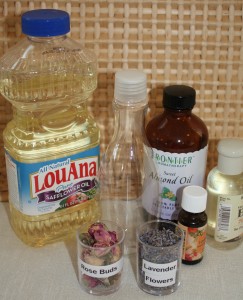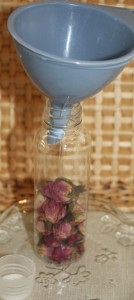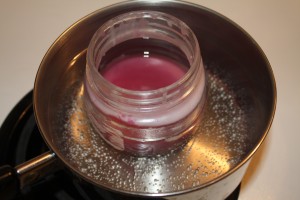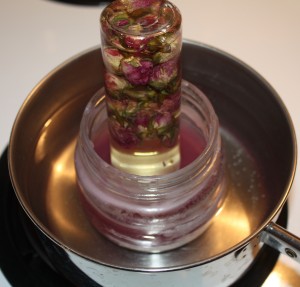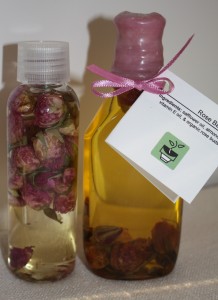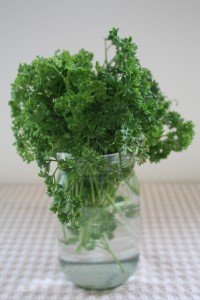Insomnia is a problem many face and herbs might be the answer to your sleeplessness.
Night after night we lie awake and try and count sheep. We hit a 1000 and we realized we are still wide awake and the alarm clock is telling up to get up and face the world.
Over half Americans suffer from insomnia, which means we simply cannot get to sleep.
Some triggers for insomnia include:
- Alcohol
- Caffeine
- Too much activity right before bed time
- Mentally challenging work just before bed
- Stress
- Low production of female hormone estrogen, premenstrual or during menopause
- Emotional problems
- Medication
- Smoking within two hours before bedtime
The National Sleep Foundations estimates 40% more women have trouble sleeping compared to 30% men.
Drugs to help you sleep can do more harm in the long run than they do well; while the help you sleep sometimes we experience a hangover like system the next morning. We have trouble getting out of bed, even more so than if we had no sleep.
Some of these aids can also cause dependency of these drugs and we can’t get to sleep naturally.
Herbs:
Natural methods of getting to sleep include the use of herbs and meditation. Herbs have been used for thousands of years to help induce sleep gently.
Lemon balm helps to aid in sleep and the treatment for sleep disturbances. Chamomile has been used successfully for the treatment of insomnia.
Drink a tea make out of chamomile or lemon balm about 30 minutes before bed time.
Valerian root is the most widely used sleep aid in the world. Valerian is safe and effective substitute for sleeping pills and sedatives. Valerian can be found in pill form, teas, tablets and tinctures. The tea can taste bad and smell of feet. No kidding.
Lavender has a mild sedative effect, spray the oil mixed with water in the air just before bedtime. A little lavender oil can be rub on the temple area, just keep it away from the eyes. Lavender is one of the essential oils gentle enough for the skin. Smelling lavender may help to you to get the rest you need.
Lavender, rose petals, and catnip will help to ease insomnia.
Combinations of herbs such as chamomile, skullcap, oatstraw and catnip have been used in folk medicine for treating insomnia. Use equal parts, either fresh or dried. Drink a tea with about 1 Tbsp. of the mixture 30 minutes before bedtime.
A good bedtime tincture includes equal portions of the tinctures of passion flower, hops, skullcap, wood betony and catnip. Take about 20 drops of the mixture before bedtime and again right before you retire.
Passionflower and hops have been used in folk medicine for years for sleep. In fact try it in pillow to help induce sleep.
Wood betony is known as a relaxant and tonic for the nervous system.
A future blog will on making and the ingredients of dream and sleep pillows.
Change your lifestyle:
- Exercise a few times a week, early in the day
- Set a routine before bed such as making a cup of tea and relaxing
- Try meditation to manage stress or positive reinforcement
- Drink relaxing aids and stress aids during the day to help relaxation
- Stop and smell the roses, take time for yourself
- Go to bed at the same time, and get up at the same time
- Don’t nap during the day
- Keep your bedtime dark and quiet
- Avoid watching TV
- Read boring books
- Reduce salt in your diet
- Get massages or biofeedback before bedtime
Some other aids in getting to help with insomnia:
- Image a calm setting as you lie in bed, mentally feel yourself relaxing and calming down.
- Slowly count to 100 and if you lose your place just start over.
- Take a calcium/magnesium tablet about one hour before bedtime.
- Drink a cup of warm milk mixed with honey and nutmeg.
- Drink some warmed grapefruit juice mixed with raw honey
- Drink some orange juice or pineapple juice mix with lemon juice
- Yellow onions are suppose to help, so smell one before going to bed
- Elderberry juice at room temperature, may help you get to sleep
- Keep the temperature of the room cool, but keep the feet warm
- Avoid eating two or three hours before bedtime
- Take a warm bath with baking soda an hour or two before bed
- Take a multi vitamin daily with cooper, iron, manganese, calcium and B-complex
- Eat cucumbers, lettuce, and yogurt in your diet
Tryptophan is an amino acid that is a relaxant and found in milk, yogurt, bananas, milk, figs, dates, tuna, turkey, and nut butters. Tryptophan is directly involved in the production of serotonin which is a sleep inducer.
As a child we are told we need eight hours of sleep a night, and maybe as children we did. But as an adult, we may not need the same amount as children, or we may need more. Get the sleep your body needs and you will feel rested in the morning. We can dwell on the need for eight hours, relax some simply do not, in fact I met a women who in her life she had never slept more than five hours a night. I never knew a women who was as talented in such a large variety of crafts.
So relax and get the sleep you need, maybe with the help of herbs or routines established.

